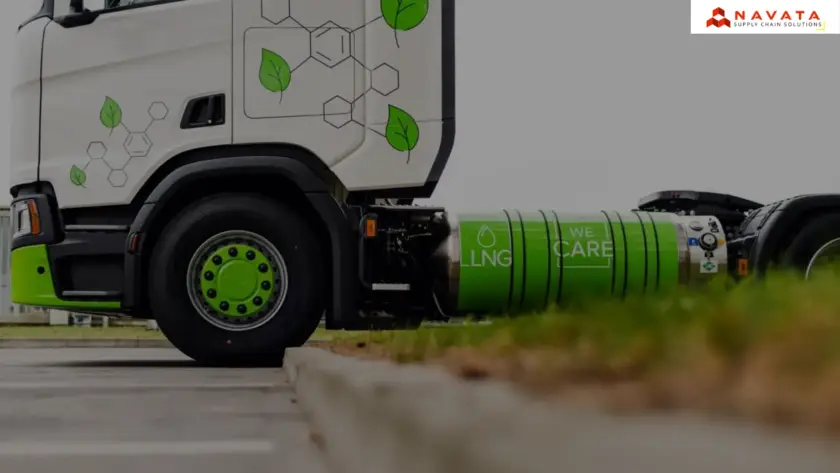In today’s supply chains, there’s no shortage of data. Every process, every movement, every interaction, it’s all being tracked. From shipment tracking to delivery confirmation, route history to vendor updates, compliance checks to fuel logs the numbers are there. The systems are active. The dashboards are full.











